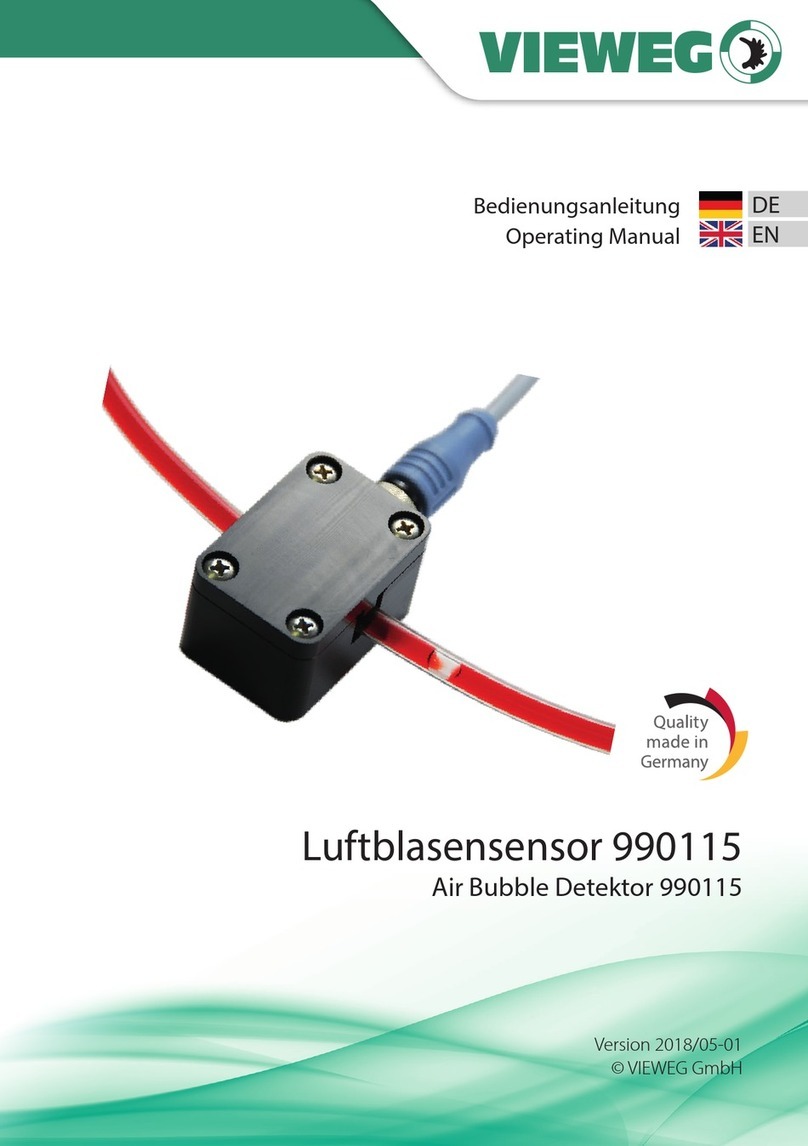
- 4 -
1. Warnings
1-1. Equipment Misuse Hazard
Equipment misuse can cause the equipment to rupture or malfunction and result in serious injury.
Read the instruction manual before operating the equipment.
This equipment is for authorized personnel only. Operators must be trained regarding system
capabilities and limitations before operating this machine.
Do not exceed the maximum working pressure of the lowest rated system component. Refer to
“Technical Data” in Section 6 for the maximum working pressure of this equipment. This
equipment has a 4 bar (approximately 60 psi) maximum working pressure.
Use fluids and solvents that are compatible with the equipment wetted parts. Read the fluid and
solvent manufacturer’s warnings.
Route hoses away from traffic areas, sharp edges, moving parts, and hot surfaces. Do not
expose hoses to temperatures above 82°C (180°F) or below -40°C (-40°F).
Do not lift the pressurized equipment.
Comply with all applicable local, state, and national fire, electrical and safety regulations.
Power consumption
- DA35: 115 - 230 V~, 50-60 Hz, rated input current 20 mA.
- FUSE: 250V T32mAL (φ5mm x 20mm glass fuse)
When replacing the fuse, always use a fuse with the ratings listed above
Environmental conditions for the equipment operation:
- For indoor use only
- Altitude up to 2000m
- Temperature 0°C to 50°C
- Maximum relative humidity 80%
- Main supply voltage fluctuations not to exceed ±10% of the nominal voltage
- Transient over voltages according to INSTALLATION CATEGORIES (OVERVOLTAGE
CATEGORIES) II
- POLLUTION DEGREE 2 in accordance with IEC 664
- Be sure not to spray water or use a wet cloth when you clean the electric parts and
remember to unplug the main power cord.





























